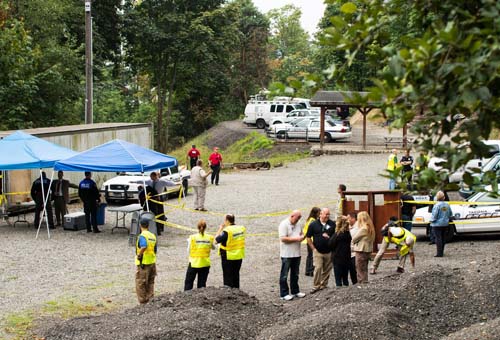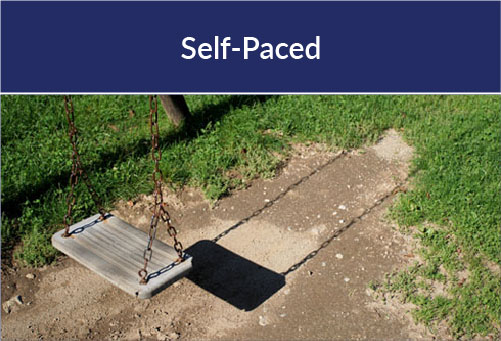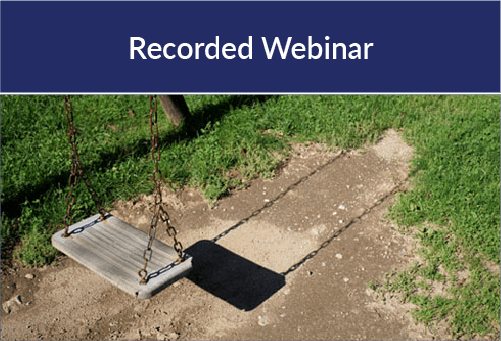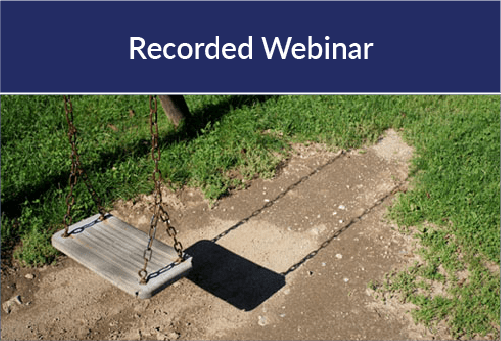


Take steps toward implementing a successful CART by bringing together a team of experts whose knowledge, skills, and abilities will be beneficial in a child abduction case. Join us to learn how to develop a multidisciplinary CART for responding to endangered, missing, or abducted children. Hear about the impact a child abduction has on the family and learn the fundamentals of developing an effective responsive CART team. Examine incident command considerations, search and canvassing operations, CART activation, and resources to improve the response, investigation, search, and canvass activities associated with missing children investigations.

Consider the scope and scale of the problem of missing and abducted children including CART structure, function and command considerations, investigative considerations, canvass operations, search operations, volunteer management, digital forensics, logistics, recovery, and reunification. Examine a case study in which all concepts taught are integrated and considered for an effective overall response.

Explore the history and development of the New Jersey Child Abduction Response Team (CART) model, mandated by law and recognized as a highly effective response and recovery tool for missing and abducted children. Examine the inception of the NJ CART model, and analyze the methods used to identify and engage stakeholders while overcoming challenges. Understand the composition of the team, including its directives, manuals, criteria, and command structure. Investigate the CART's first activation and evaluate several subsequent successful child recovery cases, gaining insight into this proven approach to missing children investigations.

Seconds count when a child goes missing. A Child Abduction Response Team (CART) is a critical tool law enforcement agencies use to provide an effective and efficient response to a missing child incident. The CART Certification Program ensures CARTs operate at a level of excellence in both their structure and operational ability and are practiced, tested, and ready. Walk-through the process of certification and pinpoint the resources necessary to ready a team. Identify next steps to bringing a CART to full certification.

This webinar is designed to provide participants with a comprehensive understanding of the Child Abduction Response Team (CART) framework, specifically tailored for Tribal Communities. Through a series of interactive sessions, participants will gain an in-depth understanding of the essential components that constitute a successful Child Abduction Response Team. Join us to learn about the unique considerations and challenges involved in implementing a CART within a Tribal Community. Discuss cultural sensitivities, jurisdictional complexities, and resource limitations that may impact the establishment and operation of CART in these settings. By the end of this webinar, participants will be equipped with the knowledge and skills necessary to begin the process of developing a CART in their Tribal Community, ensuring the safety and well-being of their children.

This fast-paced two-day course equips law enforcement and multidisciplinary partners to build and sustain an effective Child Abduction Response Team (CART). Participants will examine offender behavior, abducted and lost child dynamics, team structure, deployment planning, legal considerations, and victim services—while analyzing how each element impacts recovery outcomes. Throughout the course, participants complete a CART Implementation Worksheet to document their agency’s resources, plans, key partners, and equipment—creating a practical roadmap for team development. The training culminates in a realistic, interactive readiness assessment that tests decision-making, coordination, and team preparedness through a time-critical missing child scenario. Success in the final exercise depends on how well participants apply what they’ve learned. Participants leave with not only a plan—but the experience of having tested it in a race against the clock to bring a child home safely.

Thinking of starting a Child Abduction Response Team (CART) in your jurisdiction? Learn how building a CART can assist in the search and recovery of an abducted or endangered child. During this webinar, you will learn about the guidelines for developing, implementing and sustaining a CART program within your community, and examine the CART certification process for agencies and CART programs pursuing formal certification.

Explore how to take the CART concept and bring it to life in your department. Is it a standard template for the pitching of the buy-in? Does my department need CART? Is it feasible? My CART doesn’t look like theirs? This webinar will address these questions and provide clarity on how to form an effective and a departmentally specific CART.

Improve multidisciplinary team (MDT) responses to child sex trafficking cases. Gather information about improving or establishing a formal MDT in your community. Identify gaps and develop short and long- term response plans with the help of subject matter experts. To attend this training, you must be part of a multidisciplinary team and your team members must attend with you, from a minimum of 5 to a maximum of 10. Each team member should register individually. To make your team easily identifiable, all team members should use the same name for their team leader during the registration process. If you need assistance in building your team, please contact our office at the number/email below.

Abductions involving family members may be one of two scenarios; a family member abducts the child, or the family member is involved in the death of the child and then falsely reports the child as missing. Compare and contrast specific characteristics of different types of family member involved child abductions. Identify crucial initial steps in a Family Member Abduction which can aid in quick recovery of the child. Delve into the False Report of Child Abduction by a family member. Identifying patterns and response recommendations to assist in discerning a false report, then the investigative steps to thoroughly investigate family members and either focus investigative efforts upon them or eliminate them quickly. Examine several case studies of false reports and identify risk factors that indicate possible false reports.
